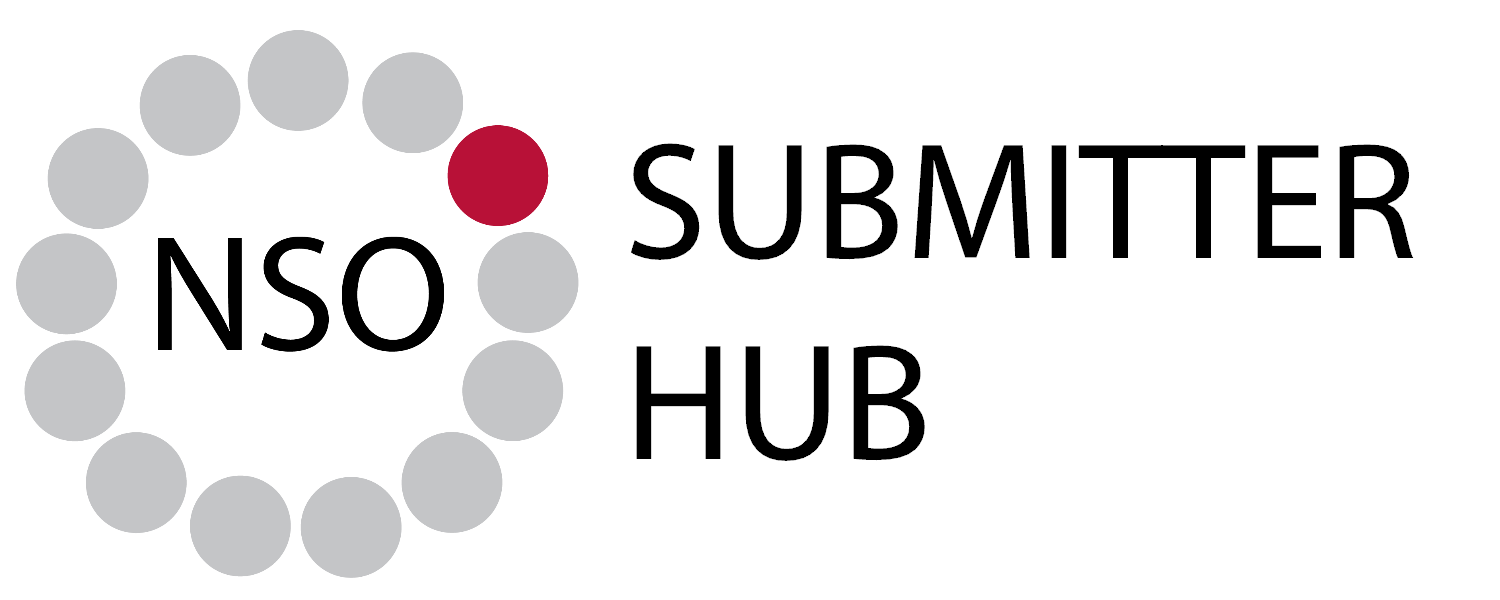Critical Congenital Heart Disease (CCHD)
What is CCHD?
Congenital heart disease (CHD) and critical congenital heart disease (CCHD) refer to a group of heart defects that occur with the heart structure or greater vessels of the heart, that interfere with effective circulation of oxygenated blood to the body. CHD is the most common congenital malformation, and timely diagnosis impacts mortality, morbidity and overall outcome. CCHD involves more severe diseases and requires early interventions, including surgery and/or catheterization to optimize health outcomes.
Signs and symptoms of CCHD in the infant period can be:
- Central cyanosis
- Tachycardia
- Poor feeding/sucking or feeding difficulties
- Low birth weight or delayed weight gain
- Excessive sweating (especially on the forehead)
- Tachypnea or increased work of breathing
CHD occurs in 12 per 1000 live births. Twenty-five percent of CHD cases are CCHD and require surgery or catheter intervention in the first year of life. Malformations account for more infant deaths than any other congenital defects, and CHDs are the leading cause of birth defect-associated infant illness and death.
How is CCHD identified?
There are several different ways to identify CCHD. About half of CCHD diagnoses are obtained through prenatal ultrasound. Some types of CCHD present with the physical signs mentioned above, which are identified on the postnatal physical examination; however, many infants with CCHD have no clinical signs before decompensation. Infants with CCHD often appear normal or are asymptomatic during their hospital stay and at the time of discharge.
Pulse oximetry screening
Pulse oximetry screening is an additional method to detect CCHD. Pulse oximetry screening should be used in combination with prenatal ultrasound and postnatal physical exam to identify infants with CCHD. Using multiple modalities to screen for CCHD means that there is a better chance of capturing these infants before they deteriorate and get sick. Infants identified early receive interventions that lead to better outcomes.
This section of our website includes various CCHD screening resources including screening tools, protocols, education support and more for hospitals and midwifery practice groups.
Contact Us
Children’s Hospital of Eastern Ontario
415 Smyth Road
Ottawa, Ontario K1H 8M8
Toll-Free: 1-877-627-8330
Local: (613) 738-3222
Fax: (613) 738-0853
Contact NSO
Subscribe to the Submitter Bulletins to stay up to date on the latest newborn screening updates, or submit a question about newborn screening.
